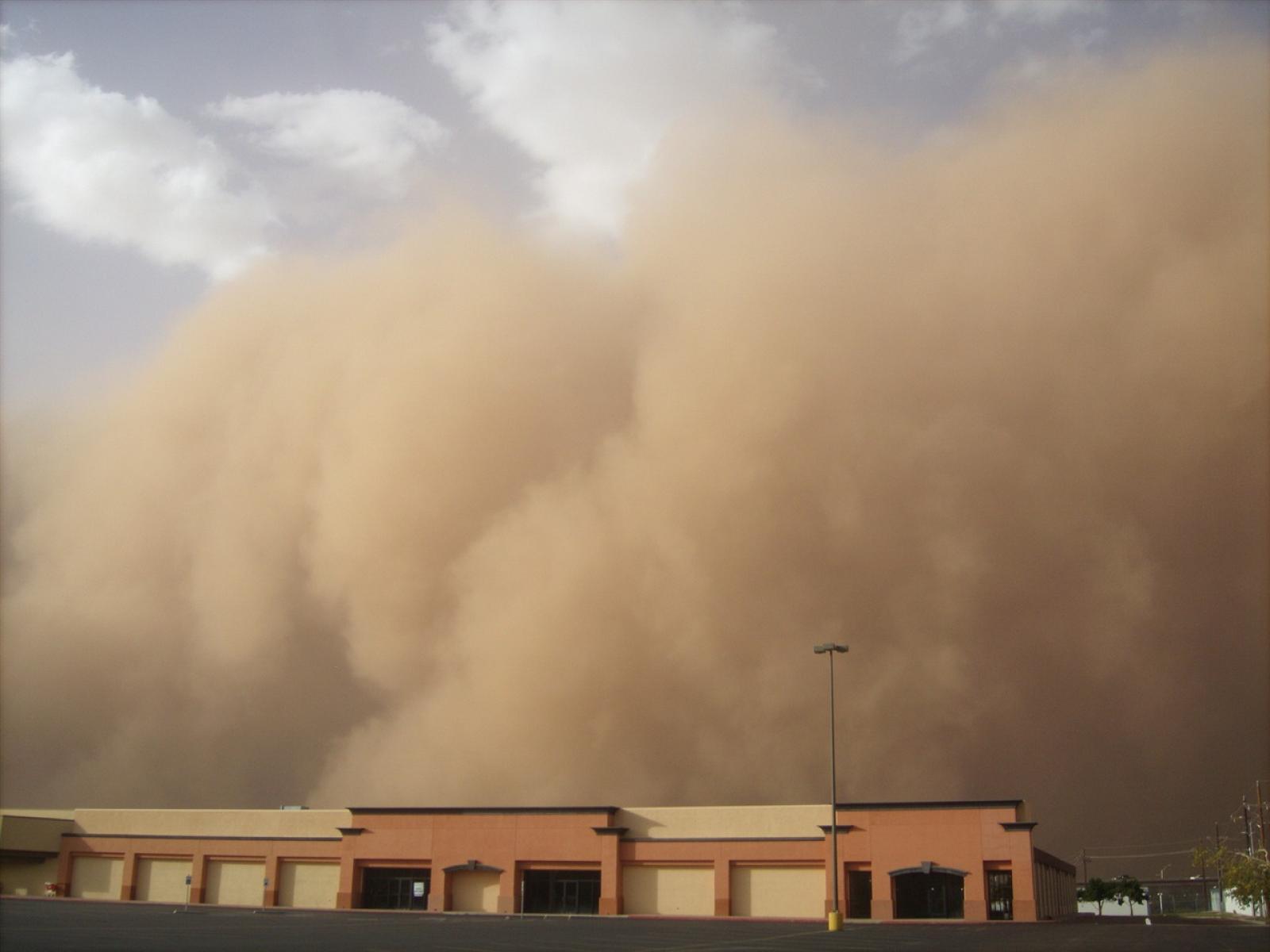Careful Coupling Improves High-Resolution Climate Simulation
More accurate numerical process coupling helps improve simulation of dust aerosol life cycle in a global climate model

A large amount of dust particles is released from the land surface and blown upward by turbulent wind.
(Image by amazingsdj | Pixabay)
The Science
Computational models used in weather and climate prediction inevitably contain errors traceable to their limited resolutions. Typically, simulations at higher resolutions may capture more detailed features and thus provide better results. However, the sequence in which different physics processes are calculated in the model can cause unexpected errors at high resolutions. This study demonstrates that choosing the sequence carefully and in accordance with the underlying physical mechanisms can help reduce such errors.
The Impact
Atmospheric aerosols play an important role in global climate change. Accurate depictions of aerosol life cycles can help reduce numerical errors and uncertainties in climate predictions. High-resolution simulations are large investments of computational resources. Carefully selected numerical algorithms can help such investments achieve the desired accuracy improvements.
Summary
An earlier study revealed that the dust aerosol life cycle simulated by the atmosphere component of the Energy Exascale Earth System Model version 1 (E3SMv1) was very sensitive to the vertical resolution of the model. The earlier study also showed that the use of a higher resolution changed the simulation results in an undesirable direction. This new study presents a set of detailed analyses of the time evolution of dust aerosol concentrations and the spatial distribution characteristics of aerosol process rates. The analyses provide an in-depth explanation of the previously reported undesirable model sensitivity, pointing out deficiencies of the numerical method used for coupling aerosol processes in the original E3SMv1. A revised sequence of calculations is proposed for a few key processes. The revised sequence not only better resembles the dust life cycle in the real world, but also substantially reduces the undesirable sensitivity to vertical resolution reported in the earlier study.
PNNL Contact
Hui Wan, Pacific Northwest National Laboratory, Hui.Wan@pnnl.gov
Funding
This study was supported by the DOE Office of Science, Advanced Scientific Computing Research program and Biological and Environmental Research (BER) program, Scientific Discovery through Advanced Computing program, via a partnership in Earth system model development. Some of the coauthors were supported by BER’s Earth system model development program area through the E3SM project. The computational resources used in this study were provided by National Energy Research Scientific Computing Center, a DOE Office of Science user facility located at Lawrence Berkeley National Laboratory, and by the Compy supercomputer operated for DOE by Pacific Northwest National Laboratory.
Published: April 9, 2024
Wan, H, K Zhang, CJ Vogl, CS Woodward, RC Easter, PJ Rasch, Y Feng, and H Wang, 2024: “Numerical coupling of aerosol emissions, dry removal, and turbulent mixing in the E3SM Atmosphere Model version 1 (EAMv1) – Part 1: Dust budget analyses and the impacts of a revised coupling scheme,” Geoscientific Model Development, 17, 1387–1407, [DOI:10.5194/gmd-17-1387-2024]